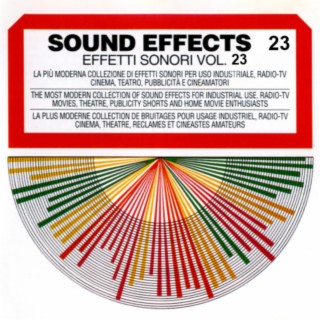

Slow, stately full-orchestra music, filled with pomp.

Driving, shrill string music leading up to discordant screeches.
#Download sound effects for movies movie
Match the movie to the background music we hear. Here is the shot: A woman gets into a bath or shower. The film rolls on-screen, and the Foley artist matches the kind of sound the filmmaker wants to the image projected: submarines submerging, horses clopping into the distance, echo effects, crowds roaring, and so on. But for more particular and idiosyncratic sounds, the Foley artist creates effects on a Foley stage, which is simply a production room in which everything is a sound prop, including the floor, which can provide different kinds of footfalls. Sometimes sounds can be added to a film from a "library" of sound effects. This is the kind of sound effect provided by the Foley artist, who creates sound tracks that amplify or add sounds not easily available as ambient noise. You are the director of Victor/Victoria (Great Britain, 1982), and you want more emphatic applause for Julie Andrews's big number than the actual audience of extras was able to provide. Adding or Creating Something That Is Not Really There Finally, in many of those great Hollywood musicals, the best songs are not actually performed by Audrey Hepburn or Debbie Reynolds, but by unsung singers like Marnie Nixon, whose faces and figures don't look as appealing on-screen as those of the major stars.Ī Foley artist invents the sound effects that are dubbed onto the visuals.Ī Foley stage is the workshop in which the props used to make sound effects are used.ĪDR stands for Automated Dialogue Replacement, or a computerized method for looping, which is itself a method for redubbing dialogue.

And gunshots never sound as satisfyingly long or loud in real life as they do in Dolby with the bass cranked way up. Though we know, for example, that because space is a vacuum sound cannot travel in it, we are still utterly compelled by the sounds of intergalactic battle or just spaceships traveling at warp speed in nearly every space opera produced since the creation of Buck Rogers in the 1930s. Sometimes the reality that sound creates is so compelling that even though it contradicts what we know to be scientifically true, we believe it anyway. The simulation of reality can be something as small but distinctive as the sound of a door opening and closing on the Starship Enterprise, to the extremely complex creation of a language for the Star Wars series' Ewoks.


 0 kommentar(er)
0 kommentar(er)
